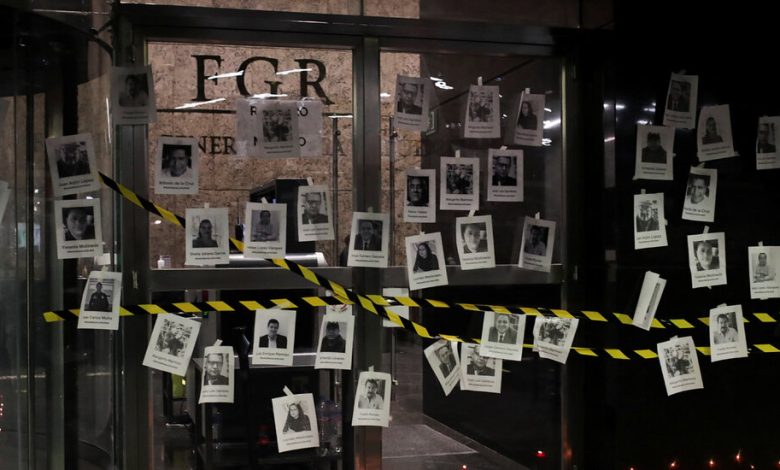2022 Was a Deadly Year for Journalists, Especially in Latin America

Even with journalists from around the world covering the biggest conflict in Europe since World War II, it was Latin America that proved deadliest for reporters last year, with violence against them spiking to new levels, a monitoring group said Tuesday.
There were 67 killings reported for 2022 around the world — the most deaths in five years — and nearly half of those took place in the region, the Committee to Protect Journalists said in its annual report.
“Despite countries across Latin America being nominally at peace,” the nonprofit news group said, “the region surpassed the high number of journalists killed in the Ukraine war.”
Mexico alone accounted for 13 of the deaths, the most the group has ever recorded there in a single year. Seven journalists were reported killed in Haiti.
In Ukraine, where fighting has killed an estimated 40,000 civilians since Russia invaded last February, 15 people in the media business were reported dead.
But journalists there are covering combat, not daily life.
In Latin America, the journalists’ committee said, reporters face death if they cover topics like corruption, gang violence and the environment.
Katherine Corcoran, a longtime correspondent in Mexico, said Tuesday that it was most dangerous for local reporters, who lack the protections that come with working for international news organizations.
“It just keeps getting worse,” said Ms. Corcoran, author of a 2022 book that examined attacks on the press in Mexico.
Counterintuitive as it may seem, she said, the most dangerous time to be a journalist is often not when an autocratic government is in full control and officials may feel “there is really no need to kill a reporter,” but when democracy begins to take hold and the power centers shift.
The deaths of at least 41 of the journalists and media workers killed last year were directly tied to their work, the committee said. It noted in particular the shooting of Shireen Abu Akleh, a veteran Palestinian-American television correspondent, and the deaths of four radio journalists in the Philippines who had been covering local politics and corruption.
In Mexico, journalists say that they are doing their jobs in fear, and that even being a prominent reporter no longer seems to afford protection.
In December, gunmen on a motorcycle fired on a well-known news anchor outside his home in the capital. Mexico’s president, Andrés Manuel López Obrador, offered somewhat sympathetic words for the anchor, but many journalists argued that his openly hostile posture toward the press had put them in danger.
Even those who try to avoid covering Mexico’s notoriously violent drug traffickers, focusing instead on, say, corruption, sometimes discover that their reporting paths have led them to the narco trade, Ms. Corcoran said.
In Haiti, where brutal gangs have free rein in some neighborhoods, the Committee for the Protection of Journalists said the problem was generalized lawlessness and the country’s overall humanitarian emergency.
In October, Roberson Alphonse, a longtime newspaper and radio reporter who has covered corruption and gang violence, was shot several times on his way to work in the capital, Port-au-Prince, by gunmen in a small pickup truck.
“That’s all right, that’s all right,” Mr. Alphonse said Tuesday.
He was back at work within two months.
Mr. Alphonse, who is 46, said the violence had made it harder than ever for Haitian journalists to do their jobs — and at a time when it is especially important for them to do so. The attacks, he said, are not just on free speech but also on the right of Haitians to be informed.
“We are journalists,” Mr. Alphonse said. “So we have to inform the public and the world about the scale of violence which occurs in our country.”
